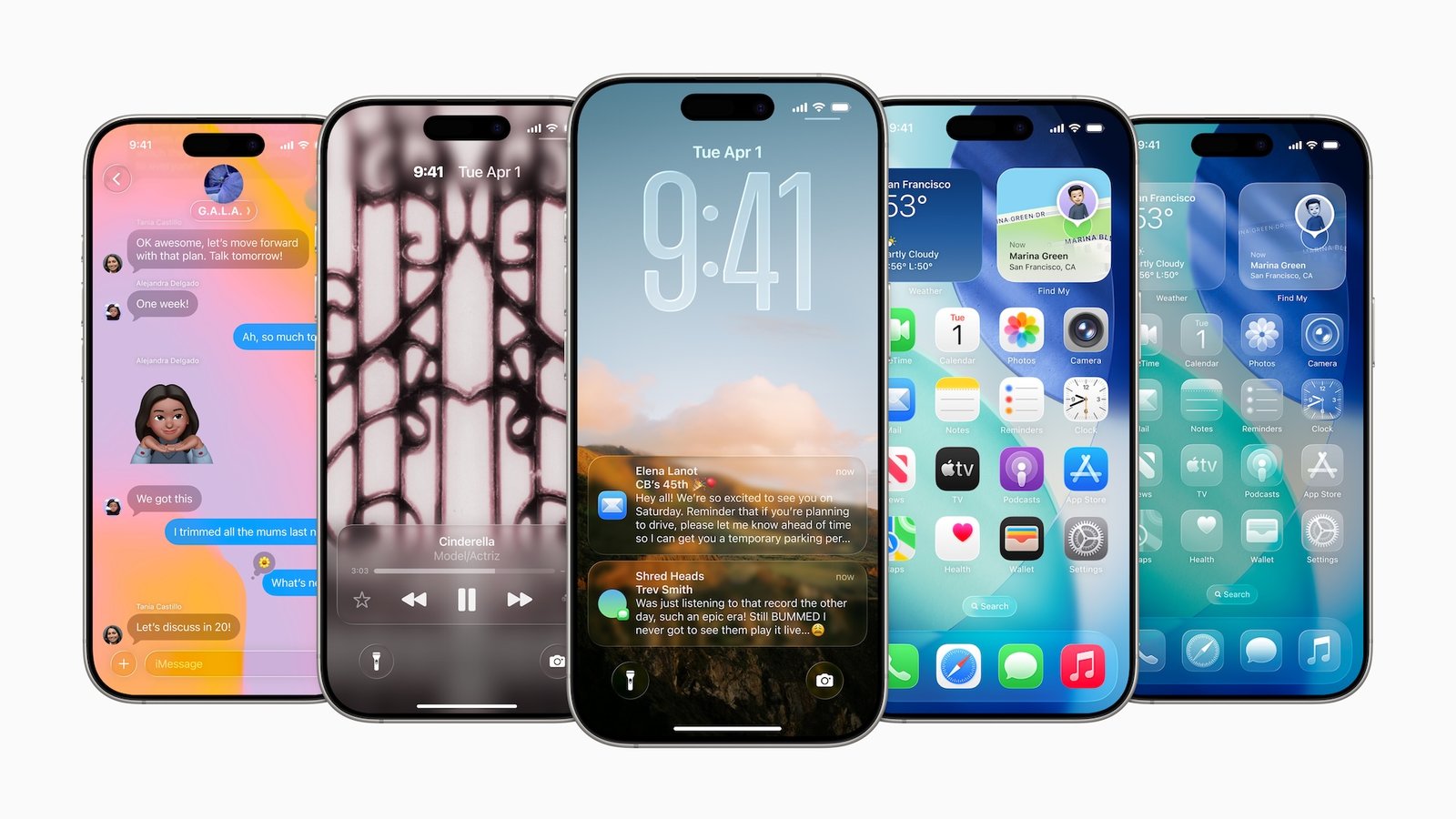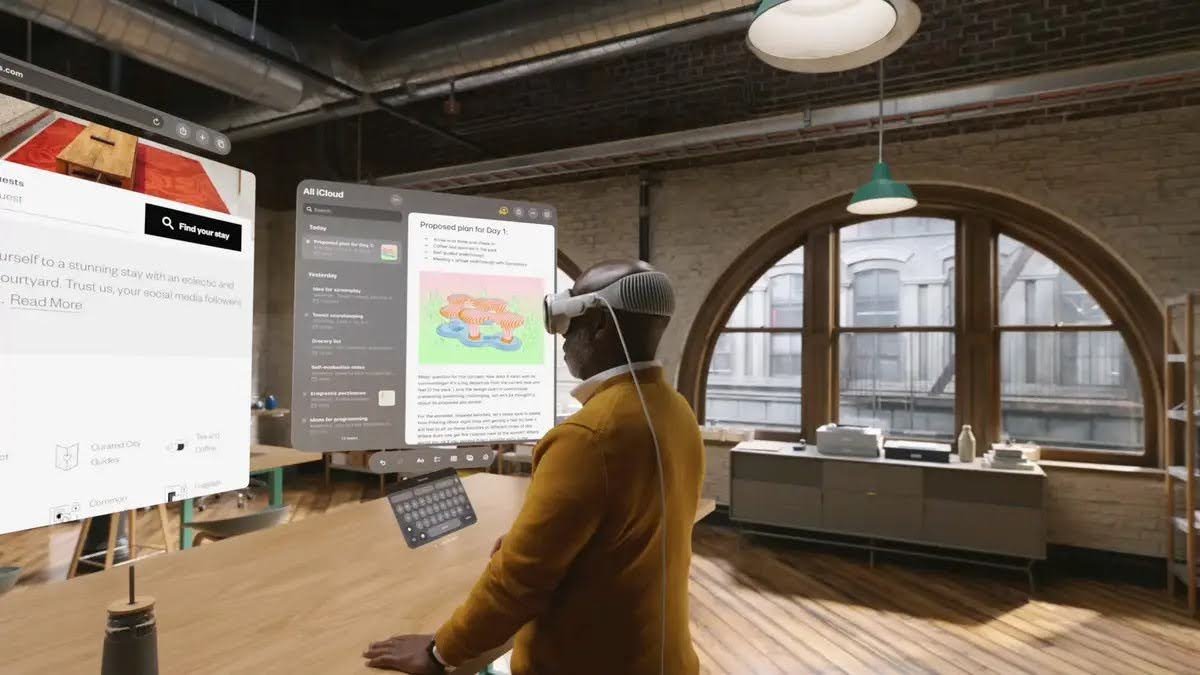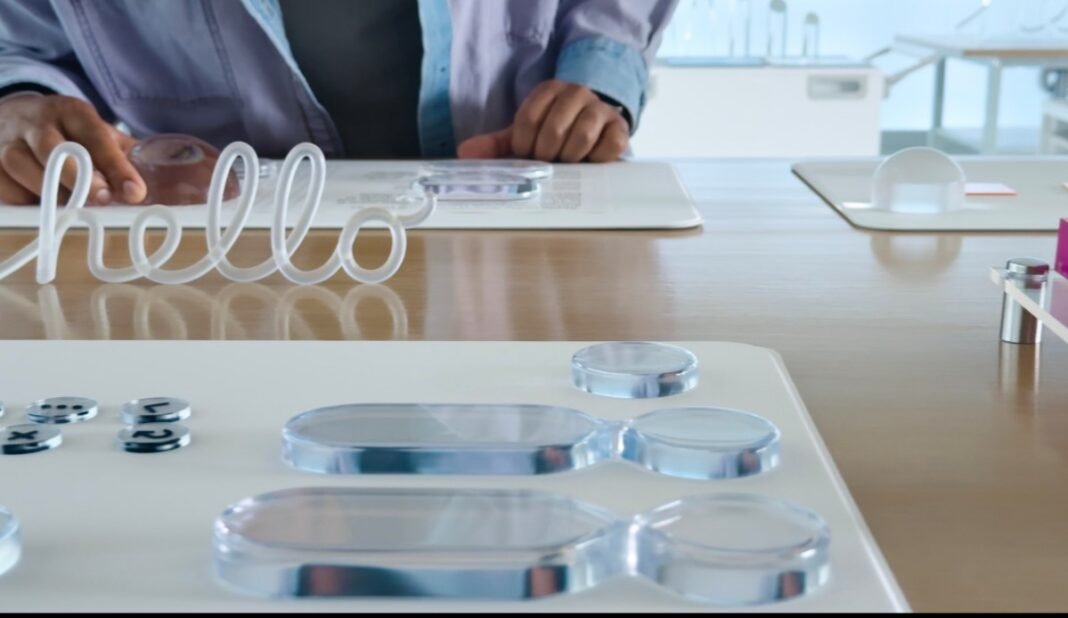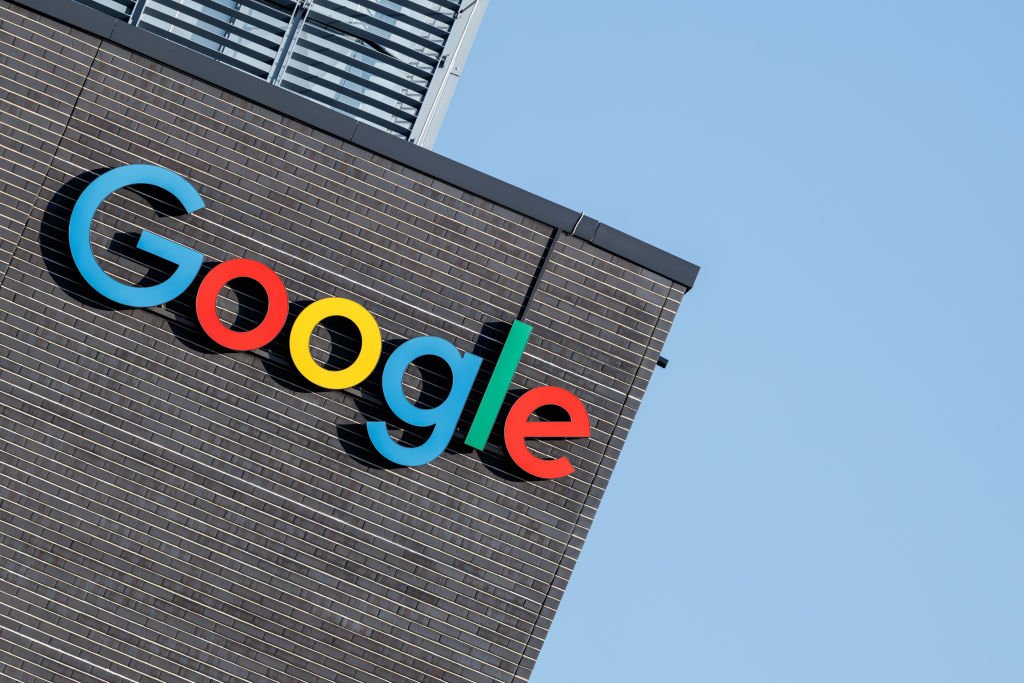Apple’s Liquid Glass: Pioneering the Next Generation of AR Interface Design
Transforming Digital Interaction Through Obvious Innovation
During its latest WWDC 2025 presentation, Apple introduced Liquid Glass, a revolutionary visual overhaul that represents the most dramatic change in its software design language in over a decade. This concept reimagines app windows as semi-transparent layers, akin to frosted glass that subtly mirrors and merges with the environment around it.The goal is to soften rigid screen edges and foster a more elegant, immersive user experience.
This aesthetic shift is widely believed to preview the interface style for Apple’s upcoming augmented reality (AR) glasses, slated for release in 2026. Drawing inspiration from the Vision Pro mixed reality headset, Liquid Glass aims to seamlessly blend digital elements with real-world surroundings rather than isolating users within virtual spaces.
The Legacy of Vision Pro: A Blueprint for Future AR Devices
Although priced at $3,500 and not designed for mass adoption, Apple’s Vision Pro headset demonstrated an innovative approach by layering virtual content onto physical environments instead of creating fully immersive VR worlds. This method helps reduce common issues like motion sickness during prolonged use and offers insight into how future AR eyewear might integrate digital data naturally into everyday life.
The evolution from bulky headsets such as Vision Pro toward sleek smart glasses is essential for Apple to compete with rivals like Meta’s Ray-Ban Stories and Google’s latest smart eyewear initiatives.Unlike these competitors who often prioritize functionality over form, Apple leverages its expertise in sophisticated industrial design paired with intuitive user interfaces-traits likely to distinguish its forthcoming hardware.
Anticipated Capabilities of Apple’s Next-Generation Smart Glasses
Industry insiders suggest that Apple’s new AR glasses will feature an array of sensors including cameras and microphones alongside built-in speakers. Integrated Siri support will enable hands-free control over phone calls, music streaming, live language translation, and turn-by-turn navigation projected directly onto lenses. Visual notifications and multimedia overlays are expected too-designed carefully to enhance productivity without overwhelming or distracting users.
A significant challenge lies in perfecting how these transparent UI components appear against diverse real-world backdrops; alerts must harmonize naturally without obstructing vision or causing distractions when navigating busy urban streets or indoor environments.
A New Paradigm for Effortless Digital Engagement
If successfully implemented as envisioned, Liquid Glass could transform daily technology interactions by making digital content feel less intrusive yet instantly accessible through subtle translucency effects inspired by physical glass surfaces’ natural elegance.

Navigating Challenges & Unlocking Potential in Augmented Reality adoption
The triumph of Apple’s AR ambitions hinges not only on cutting-edge hardware but also on refining software details such as opacity management within Liquid glass interfaces-a feature still undergoing fine-tuning during developer beta testing phases. Early impressions reveal mixed opinions about balancing clarity levels between readability concerns versus aesthetic appeal.
This delicate equilibrium between visual style and practical usability will ultimately influence whether consumers embrace wearable technology beyond novelty status toward indispensable everyday tools-mirroring trends observed across industries where understated design enhances function without compromising comfort or sophistication.

An Industry Landscape Fueling Continuous Innovation
- sophisticated Design Edge: Apple’s legacy suggests it can surpass competitors who frequently enough emphasize utility at the expense of aesthetics when crafting wearable tech products like Meta’s Ray-Ban Stories or Google’s experimental eyewear models;
- User-Centric Experience: Leveraging insights gained from Vision Pro’s mixed reality environment enables smooth integration of real-world views with virtual overlays through Liqid glass-inspired principles;
- Siri Integration Advantages: Advanced voice assistant capabilities embedded directly into smart glasses promise seamless hands-free convenience tailored for multitasking lifestyles;
- Burgeoning Market Growth:The global smart glasses sector is forecasted to expand annually by more than 20% through 2030 due largely to increasing demand across professional fields including healthcare logistics education engineering entertainment sports fitness among others;
- Cultural Shift Toward Wearables:Younger generations increasingly prefer devices offering continuous connectivity combined with minimal disruption within their physical surroundings-the very outcome transparent UI designs strive effectively to deliver today;
The Road Ahead: Will Liquid Glass Shape Tomorrow’s Computing?
No official specifications or pricing details have been disclosed regarding Apple’s rumored AR glasses; though industry experts anticipate this next-generation device could revolutionize personal computing similarly to how smartphones transformed communication fifteen years ago-turning pockets into portals enriched not only by apps but contextual awareness enhanced via refined visual frameworks such as Liqid Glass.
“The marriage of translucent aesthetics coupled with powerful AI-driven assistants may finally render augmented reality practical enough for everyday use,” analysts observe-signaling a potential paradigm shift where technology gracefully integrates into our environments rather than dominating them.”





